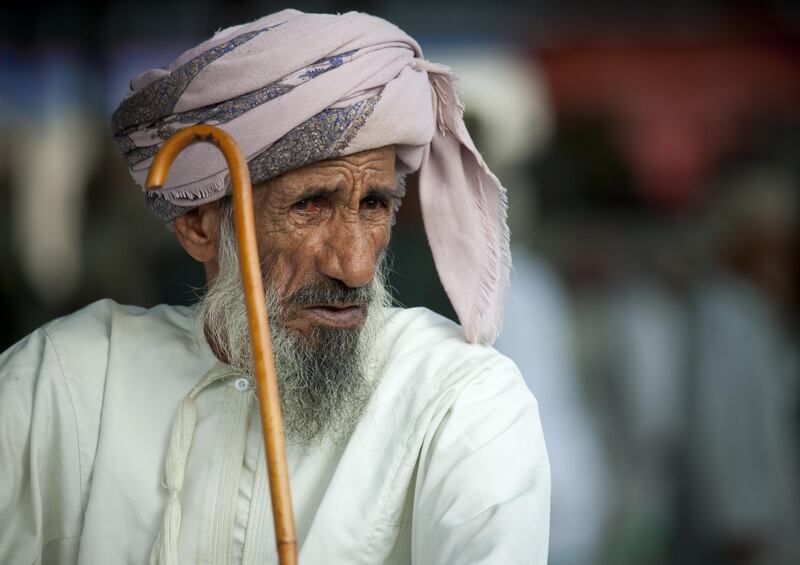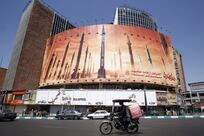Despite the furious pace of change and modernisation in our region over the past few decades, the traditional extended family – comprising parents, cousins, grandparents and great grandparents – has remained the backbone of society. All this seems to be changing slowly.
As The National reported, elderly people in Oman are increasingly being left to struggle alone with disease and ill-health in their hometowns as their children move elsewhere to pursue their professional careers. With more Omani women working, the concept of caring for the elderly is rapidly changing.
Such a shift in the social fabric of Omani society means it might only be a matter of time before the rest of the region faces a similar situation. Consider this: about five per cent of Emiratis are aged 60 years or older, but this number is expected to reach 11 per cent in 2032 and 19 per cent in 2050, according to United Nations data.
This will put more pressure on the healthcare system and, inevitably, create increased demand for more residential care centres and non-residential facilities. Princess Haya, the chairwoman of Dubai Health Care City Authority and wife of Sheikh Mohammed bin Rashid, Vice President and Ruler of Dubai, drew attention to this issue in 2015, saying that we need to work together to address the situation before it grows unmanageable. It’s important that we start thinking strategically and develop a healthcare system that is adaptable to changing demands and has more residential and day-care centres to accommodate those in need. Although the issue we reported on was an Omani one, society and demographics are changing across the region. We must take note.





